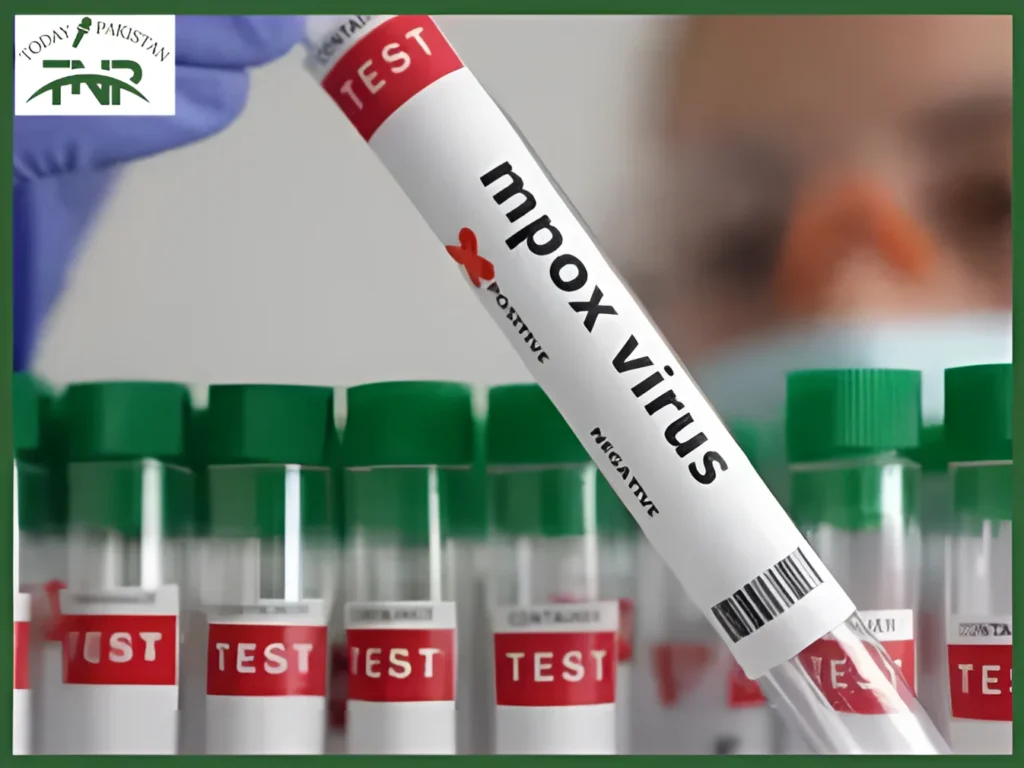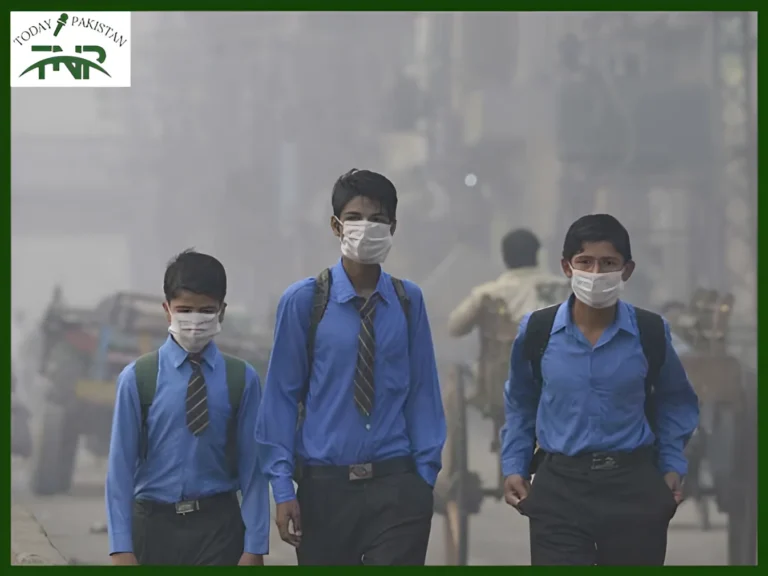
The World Health Organization (WHO) has taken a considerable step in combating the Mpox outbreak through approving the first diagnostic test for the disease. As Mpox continues to spread, mainly across Africa, the want for instant, correct testing has ended up critical. With over 800 deaths said and the sickness officially detected in 16 African countries, this new test is visible as an important tool in managing the outbreak and stopping similar fatalities.
Addressing the Urgent Need for Faster Diagnosis
One of the most important challenges in the fight in opposition to Mpox has been the restrained capacity for testing and the delays in confirming cases. Without brief and dependable diagnostic equipment, many countries have struggled to control the spread of the virus, leaving inclined populations at risk. The approval of this diagnostic test could change that, imparting a way for healthcare workers to diagnose instances extra successfully and, in turn, respond to the outbreak more efficiently.
The WHO’s assistant director-general, Yukiko Nakatani, emphasized the importance of increasing access to first rate medical products in underserved regions. “Increasing access to quality-assured medical products is central to our efforts in assisting nations to contain the spread of the virus and protect their people, mainly in underserved regions,” said Nakatani.
The Alinity m MPXV Assay: How It Works
Manufactured by Abbott Molecular Inc., the approved test, called the Alinity m MPXV assay, is designed to detect the Mpox virus from swabs taken from human lesions. These lesions, which regularly seem as boils or rashes on the skin, are one of the primary symptoms of Mpox. By analyzing the DNA from samples taken from these pustular or vesicular rashes, laboratory technicians can quickly affirm whether or not someone is inflamed with Mpox.
This swift detection manner will assist countries struggling with outbreaks to identify cases more rapidly, leading to quicker remedy and isolation to prevent in addition transmission. The WHO has said that the take a look at’s approval for emergency use is pivotal in increasing diagnostic capability wherein it’s wanted maximum, mainly in Africa, wherein testing delays have contributed to the virus’s continued spread.
Read More Blogs:
University of Health Sciences is Changing MBBS Curriculum
Low Quality Oil is Responsible for Increasing Cancer Cases in Pakistan
The Ongoing Fight Against Mpox
Mpox, previously referred to as monkeypox, is a viral sickness transmitted to people via close contact with infected animals or human beings. While the preliminary transmission frequently comes from animals, it can unfold among human beings through physical contact, making it exceptionally contagious in outbreak settings. The disease is characterized through symptoms which include fever, muscle aches, and exclusive skin lesions, which could change into large, painful boils. In extreme cases, Mpox can be deadly.
The worldwide fight against Mpox has been hampered by a lack of quick and effective diagnostic tools, mainly in areas with fewer healthcare resources. The WHO’s approval of this check is visible as a major leap forward, offering crucial aid for countries which have been hardest hit by the virus.
A Significant Milestone in the Mpox Battle
The approval of the Alinity m MPXV assay marks a considerable milestone inside the global response to Mpox. With diagnostic tests now more accessible, countries facing outbreaks may be better equipped to identify cases, isolate infected individuals, and prevent the disease from spreading further.
As the WHO maintains to work with governments and health organizations globally, the desire is that this diagnostic advancement will play a pivotal role in controlling the spread of Mpox and saving lives in the procedure.
Get Curated Post Updates!
Sign up for my newsletter to see new photos, tips, and blog posts.






